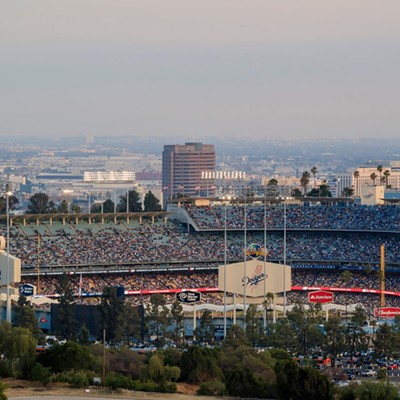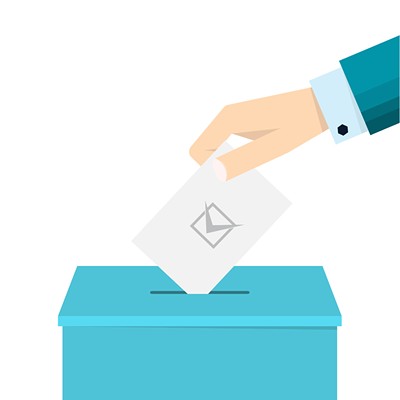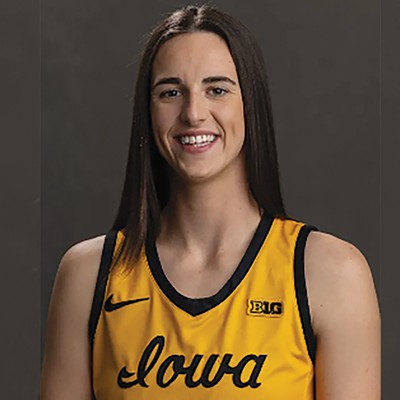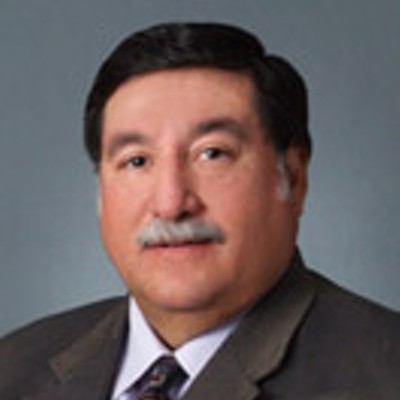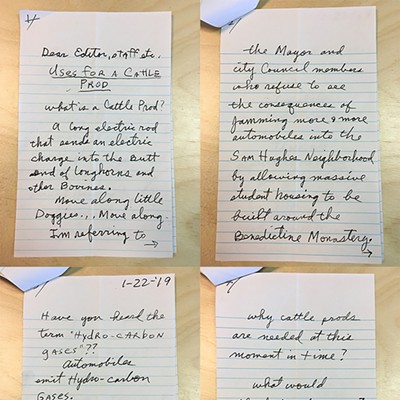The ITE Journal came in the mail one day last month, and I, having nothing ... uh, having completed all of my many tasks for that particular day, decided to look at it. The cover story was about red-light runners and how relatively simple it is to address the problem.
Among the aforementioned daily tasks is my responsibility to take my son (who does not yet have his driver's license) to school in the morning and to pick him up in the late afternoon after his sports practice is over. It's about six miles from where we live to the high school. For the past three weeks, I kept track of how many red-light runners I saw each day during the 12-mile commute. Obviously, this commute is roughly during rush hour, but that should have nothing to do with the way people drive.
During the mornings, I saw an average of 13 red-light runners, while in the evenings, I saw an average of just under 11. I'm not talking about the guy who is obviously surprised that the light changed so quickly and didn't want to get stuck in the intersection; I'm talking about the second and third and fourth cars that intentionally and recklessly roar through the intersection several seconds after the left-turn arrow has turned to red. Or the phlegm wad who knows only one pedal on which to stomp when a light turns yellow. Or the idiot who catches a red light and decides he doesn't want to wait 45 seconds, so he swerves into the right-turn lane and rolls right along, cutting in front of the cross traffic moving legally forward on a green light--and then flipping anybody off who dares to honk at his petty and dangerous action.
But I don't have to describe all of these to you. The sad fact is that we are all familiar with these people, and the reason we're so familiar is that we see them every single day of our lives. (During my sample period, the best day I ever had was a strangely light Friday, where I witnessed only four illegal acts during the 15-minute drive.) These are people for whom breaking the law is not a one-time-only, split-second decision made on a day that they're running late; they are people for whom breaking the law and endangering other people's lives is just the shrug-and-screw-you way they do things.
They're people who are convinced that their destination is more important that everybody else's, and their numbers cut a wide swath across societal lines. They're the cell-phone talkers and the Hummer drivers; the drinkers, the pot smokers and the drug takers; the white-trash Eminem wannabes with their lowered Civics and intentionally loud mufflers, and the pickup truck drivers with the ladders in the back in an obscene hurry to get to the next job or maybe just to get to the bar after having completed the last job.
What they all have in common is a firm conviction that obeying the law is for suckers and that anything they can do to shave a few seconds off their travel time is OK, even if it means that it will raise everybody else's blood pressure and shorten the lives of our brakes, our tires and, sometimes, our loved ones.
What is most frustrating about all of this is that it's not one of those modern quandaries where we not only don't know the solution. We know exactly what it is. What we are lacking, apparently, is the will to do what's right.
According to the ITE Journal article, "The use of cameras to counter red-light running has significantly reduced intersection violations in communities throughout the United States. Red-light camera programs with a well-defined process and good legislation can facilitate public acceptance and promote intersection safety."
Among their findings was that in places as far-flung as Los Angeles, Washington, D.C., and New York City, the installation (and use) of cameras cut red-light violations by an average of 65 percent, crashes by 40 percent and fatalities by 70 percent. Staggering numbers, to be sure, but the installation of cameras also had an equally interesting and important side effect. In the aforementioned cities where cameras were used, it also saw a reduction in all three categories at intersections where cameras weren't installed! In other words, the cameras had the effect of actually changing the driving habits of the loutish and impatient.
My good friend Emil Franzi gets all quasi-Libertarian and starts seeing black helicopters when one mentions such cameras. But this isn't the vulgar Patriot Act, where we are asked to sign away our Constitutional rights so that Bush and his boys can pretend to be doing all they can to catch bin Laden. This is a machine providing photographic evidence of a criminal in the act of committing a crime. None of us is upset at the thought of a camera recording us as we go into a Circle K to buy a soda. And even civil libertarians applaud the use of dashboard-mounted cameras used by police to record traffic stops.
There is no downside here. Red-light cameras catch crooks, cut down on crashes and save lives. And if they can raise some money and maybe save a school or a park in the process, all the better. Fine somebody $500 and see if they roll on through a red light next time.
Balancing a government's budget often devolves into class warfare. The poor want it done on the backs of the rich while the rich want it done on the backs of the middle class. How about if we law-abiding citizens balance it on the backs of the criminals?

